
Nepal, with a majority of Hindu population, has uncountable temples, shrines, stupas, and various other icons, idols, statutes, and pictures that people worship. They are all built for different gods and goddesses, or their different forms or incarnations. Many temples were created by rulers of different times to show their devotion to the gods and goddesses they worshipped the most.
Most of the temples in Kathmandu were built or given makeovers after the onset of the 15th century. But, there are a few that have been found or known to be older than 1,000 years old. These are the landmarks that hold centuries of history and information, making them a valuable part of national heritage.
So, below are a few of the oldest temples in Nepal with more than 1,000 years of history. The list is prepared in consultation with noted historian Mahesh Raj Panta.
1.
Changunarayan
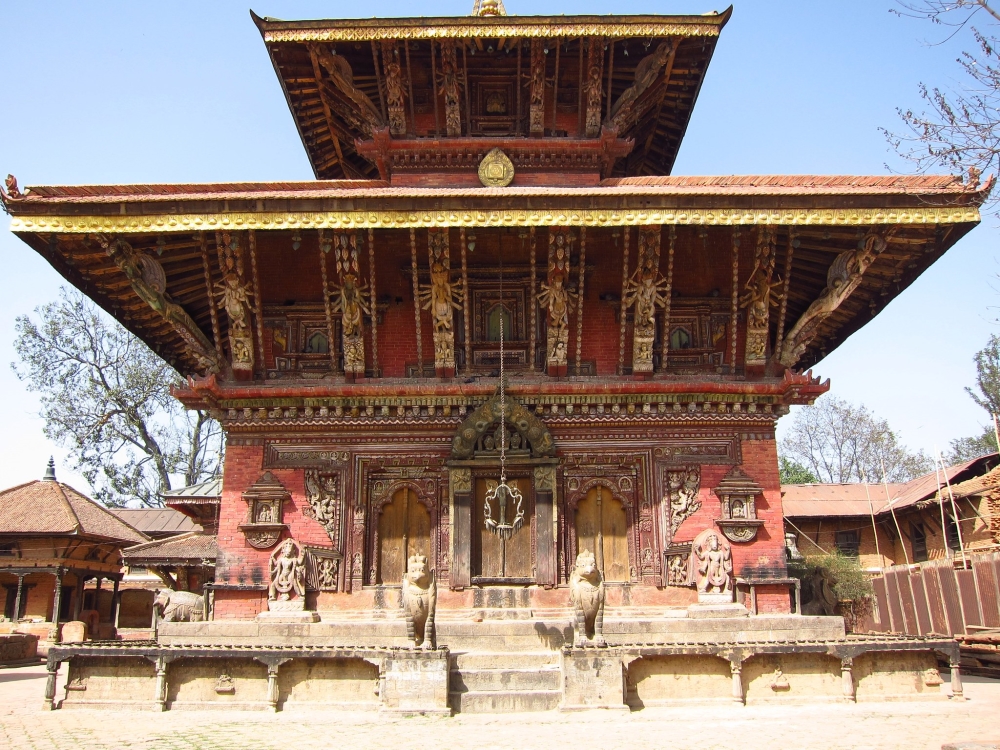
Changunarayan is one of the oldest temples built in Nepal’s history. It was built during the reign of King Manadeva from the Lichhavi dynasty in 464 AD, according to an inscription found in the temple premises. It is dedicated to Lord Vishnu (also known as Purusha/Narayan). This temple is located in Bhaktapur. It is a two-tiered pagoda-style temple with four doors, guarded by stone lions.
On the western side of the temple, a giant statue of Garuda is placed, and King Bhupatindra Malla and his queen in the front. The main attraction of the temple is the Narasingha (half lion and half man) statue. This temple is named after King Kashmiri’s daughter, Champak, who was married to the prince of Bhaktapur.
2.
Swayambhu Chaitya
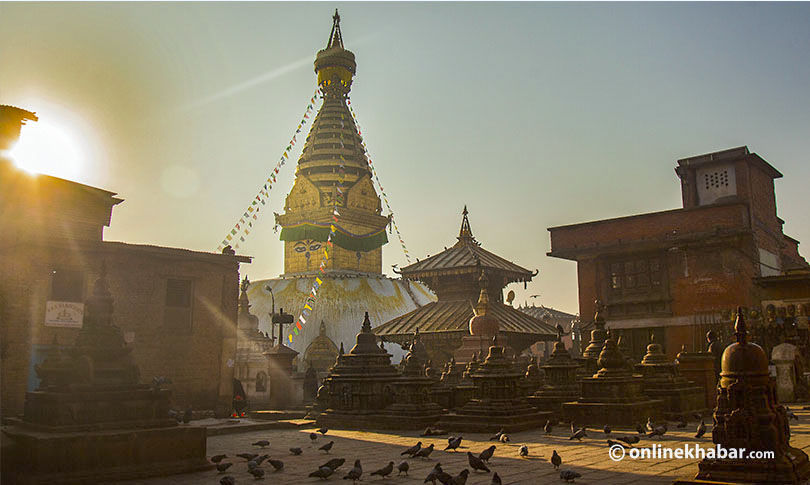
Swayambhu Chaitya, also known as the Monkey Temple, is one of the most sacred temples for both Hindu and Buddhist populations in Nepal. It is located on the top of a hill in the Kathmandu valley, west of the city. This stupa is also known as the crowning glories of architecture in Nepal. Swayambhu was built by King Manadeva in around 460 AD and is known as one of the oldest religious sites in Nepal.
A mythological story suggests that Swayambhu (self-emerged) born out of a lotus flower. This flower bloomed, and a light (jyotirup) was formed in the middle of a lake, which later transformed into the Kathmandu valley. The stupa consists of a white dome-like structure at the base and a tower at the top. Three eyes are painted on each of the four sides above the dome, representing the Buddha. Around the stupa, several idols of Buddha are placed.
3.
Pashupatinath
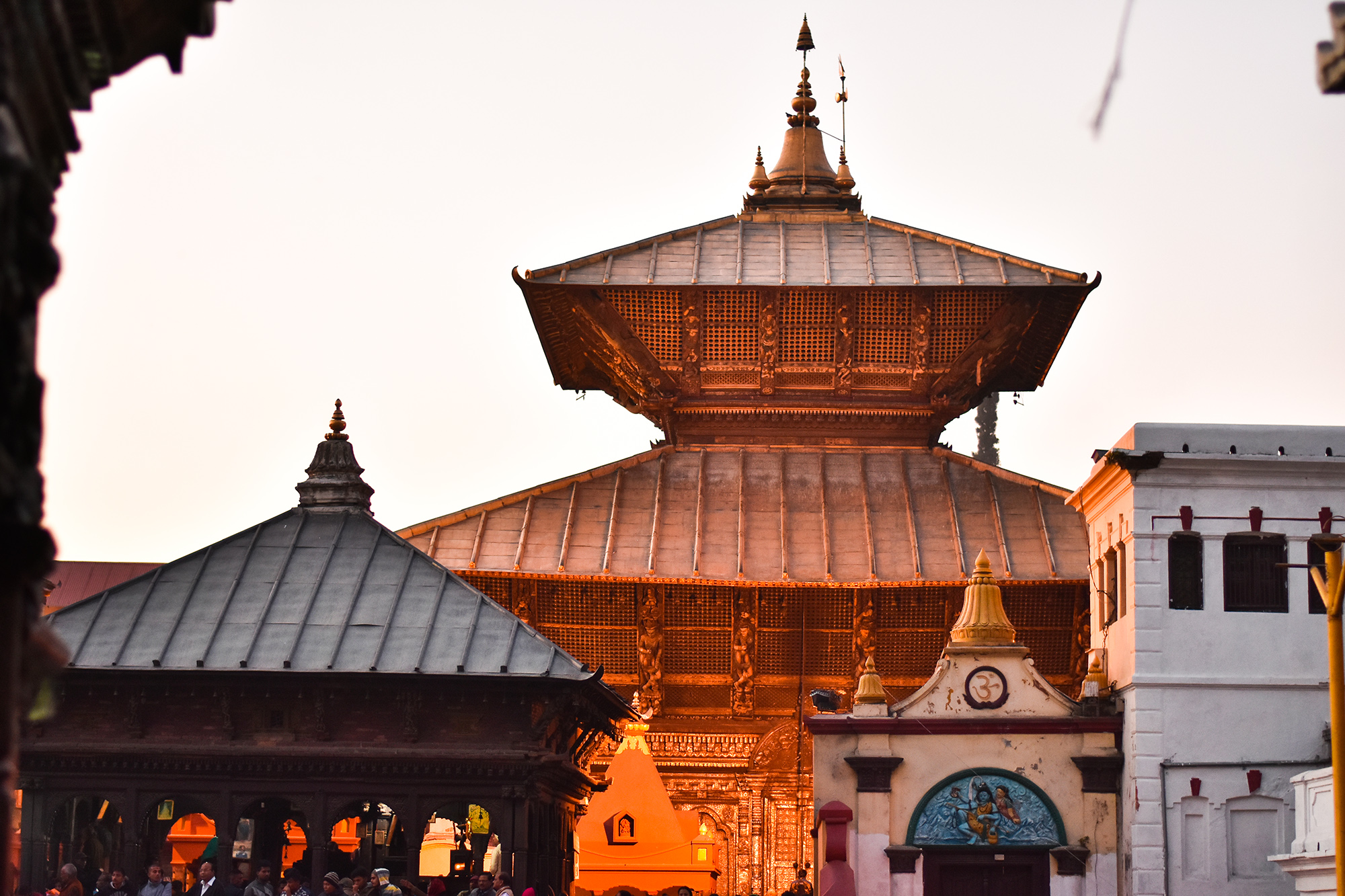
One of the most popular religious sites, Pashupatinath is dedicated to Lord Shiva and his many forms. In addition, it is also home to other Hindu gods and goddesses. Pashupati is not just a temple or a religious site, but also a culmination of art and culture. This site is considered as the masterpiece of Hindu architecture.
Pashupatinath temple is located on the bank of Hindu’s holy river Bagmati. The structure of the main temple’s roof is pagoda-styled, gilded, and silvers are also plated in all four sides. Exquisite wood carvings are also seen in this temple. Only Hindus are allowed to go inside the main temple, but the entire area is filled with examples of architecture and art.
There is a lot of history regarding this place. Some say that Lord Shiva and his wife Parvati took the form of antelopes and stayed in a nearby forest. But, later, they were caught by the gods, who broke lord shiva’s horn while grabbing it. Later, they recognised him as Lord Shiva and started to worship the broken horn as Shivalinga. But after some time, it was lost. Centuries later, another Shivalinga was recovered, where the Pashupatinath Temple was constructed.
4.
Bouddha Chaitya
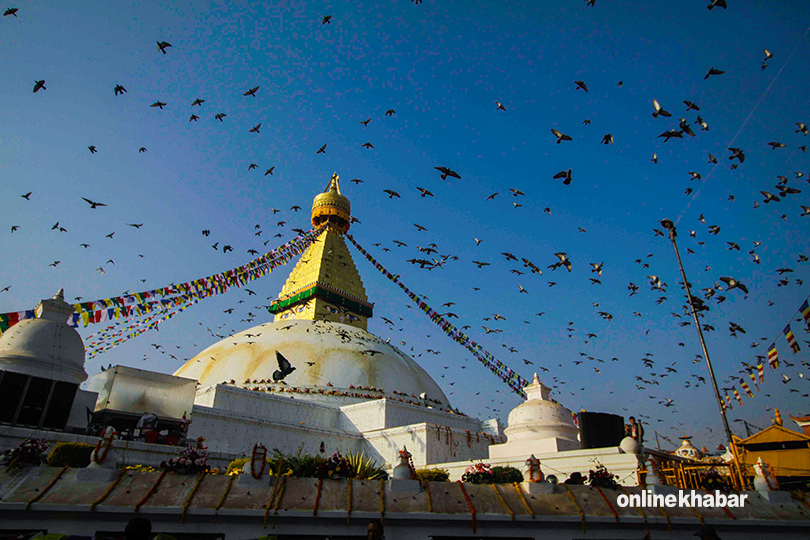
Bouddha Chaitya is one of the holiest sites in Kathmandu for the Buddhist community. It is also the largest Buddhist temple established in Kathmandu. This stupa was first built back in around 600 AD and was later renovated In the Licchavi dynasty in the 8th century. It is considered a centrepiece of Tibetan Buddhism in Nepal.
Similar to Swayambhu Chaitya, the structure of this stupa also consists of a white-washed dome with a pinnacle at the top. Eyes of Buddha are placed on the tower which is said to symbolise awareness. There is an outstretched compound on the ground floor where people go around and pray. There are also numerous monasteries around this stupa’s premises with exquisite interiors.
5.
Ichangunarayan
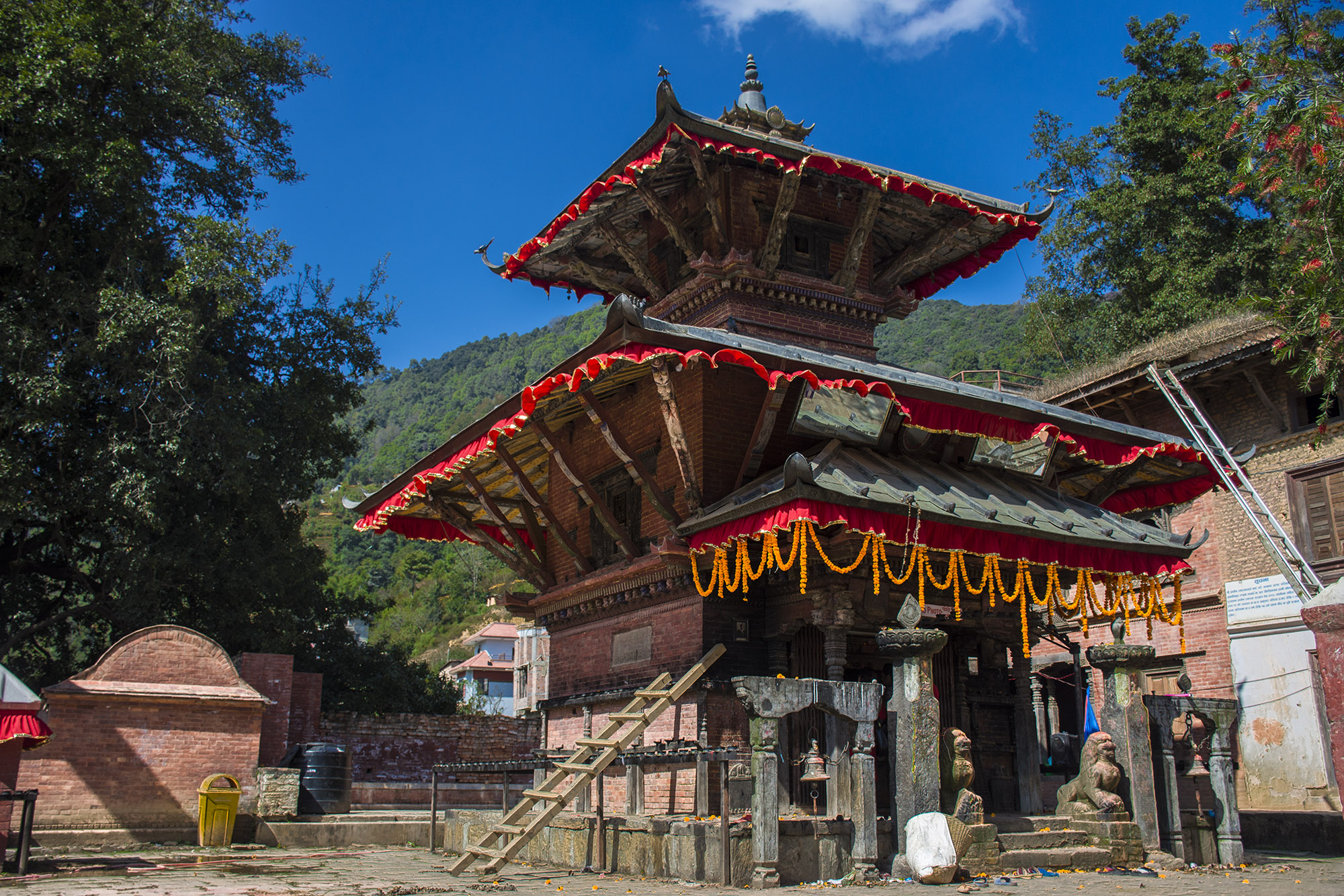
Ichangunarayan and it is one of the four main temples of Kathmandu dedicated to Vishnu. The temple’s history goes back to the fifth century during the reign of King Haridatta of the Lichhavi dynasty. The modern-day temple is, however, was rebuilt in the 18th century in place of the temple built earlier.
It is situated on the top of a hill, on the northwestern side of Kathmandu. The temple is a two-tiered pagoda-style structure. The courtyard of the temple has many ancient statues of Garudas and Mahalaxmi along with other deities of the Hindu religion.
[NOTE: By definition, a temple needs to have a structure. So, we have not mentioned the Budhanilakantha shrine on this list as the 7th-century stone idol lacks a structured roof over it.]


















